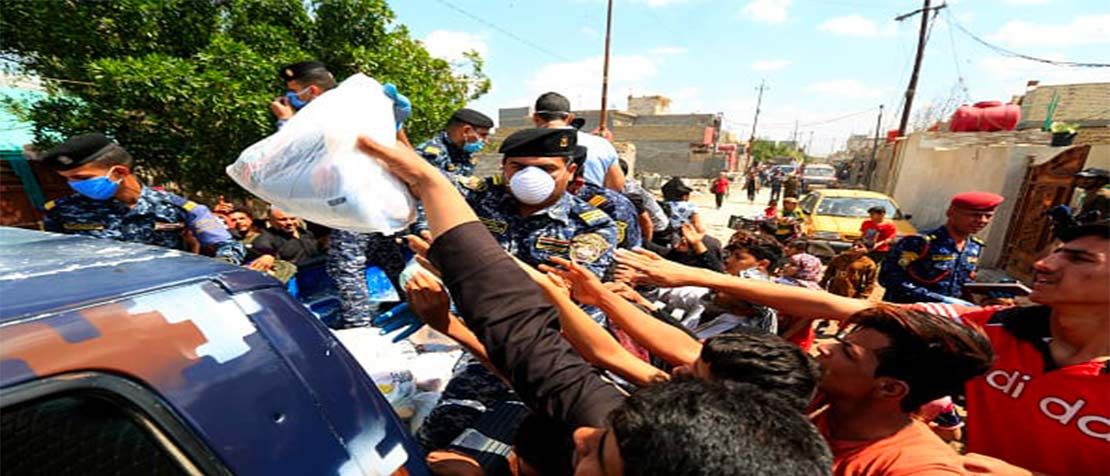
On Earth Day, a call to action to use tech to monitor COVID-19’s impact on food security
On the 50th anniversary of Earth Day, the world faces two central crises: One is the new and immediate COVID-19 pandemic, and the other is the longstanding, but critical disaster for our climate.
Together, these crises are exacerbating food security concerns in many parts of the world.
Just yesterday, the United Nations World Food Programme (WFP) warned that the “COVID-19 pandemic could almost double the number of people suffering acute hunger, pushing it to more than a quarter of a billion by the end of 2020.”
Even before the COVID-19 pandemic, 135 million people were already facing acute food security, due, in part, to the impacts of climate change. But now with the economic fallout of COVID-19 set to impact agricultural trade and supply chains, the situation appears more dire. The number of people facing acute food insecurity stands to rise to 265 million in 2020, according to the WFP’s new estimate.
The WFP’s estimate was announced alongside the release of the Global Report on Food Crises, produced by WFP and 15 other humanitarian and development partners.
In the report, UN Secretary General António Guterres highlights that in many places, we still even lack the ability to collect reliable and timely data to truly know the magnitude and severity of food crises gripping vulnerable populations.
And the upheaval that has been set in motion by the COVID-19 pandemic may push even more families and communities into deeper distress.
Urgent call to action to improve data analytics
The 2020 Global Report on Food Crises recognizes that if governments, humanitarian actors and development agencies are to prevent food crises from getting worse in both severity and magnitude they need reliable, timely and accessible data and analysis to inform early warning and early action.
This is why the report makes a call to action to improve data analytics.
The need for technology-savvy monitoring systems
The report says that there is a need to invest in technology-savvy monitoring systems and that predictive analysis has become even more apparent in the context of COVID-19.
The data community are therefore urged to adapt their tools to provide timely, reliable measurement of the impact of COVID-19 on food security and make the data easy to access, interpret and use by policymakers to enable them to make evidence-based decisions.
Data availability challenges for food security and nutrition
Across most editions of the annual Global Report on Food Crises, data has been missing for seven countries (Congo, the Democratic People’s Republic of Korea, Eritrea, Kyrgyzstan, Nepal, the Philippines and Sri Lanka), while for the first time in the 2020 report an assessment provided an estimate for the Bolivarian Republic of Venezuela.
While all partners are in broad agreement with the analysis provided in the report, divergences in interpreting the data related to the factors contributing to acute food insecurity in Afghanistan, the Democratic Republic of the Congo and Haiti have led to a disclaimer for these countries since the report was launched in 2017.
Major data availability challenges, both for food security and nutrition, remain in inaccessible areas of countries and this year’s report highlights that there is no comparable analysis available for refugee populations.
The report says that the humanitarian and development community needs to come together to better address the gaps in existing data collection systems, identify data and analysis standards where they don’t exist, engage with countries where there is limited data or consistent divergences in their interpretation.
Agencies, governments and other key stakeholders around the world can use the information in the report to bolster the case for changing food systems, building resilience to extreme weather events, resolving conflict, promoting durable peace and upholding international humanitarian law.
Photo by Murtadha Al Sudani/Anadolu Agency via Getty Images
